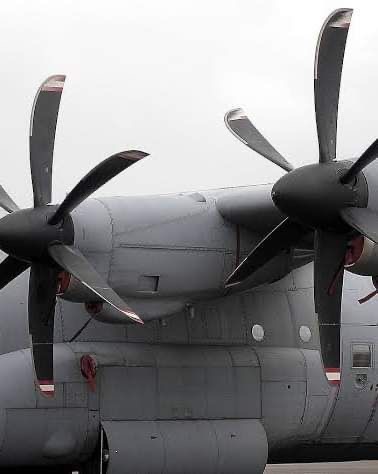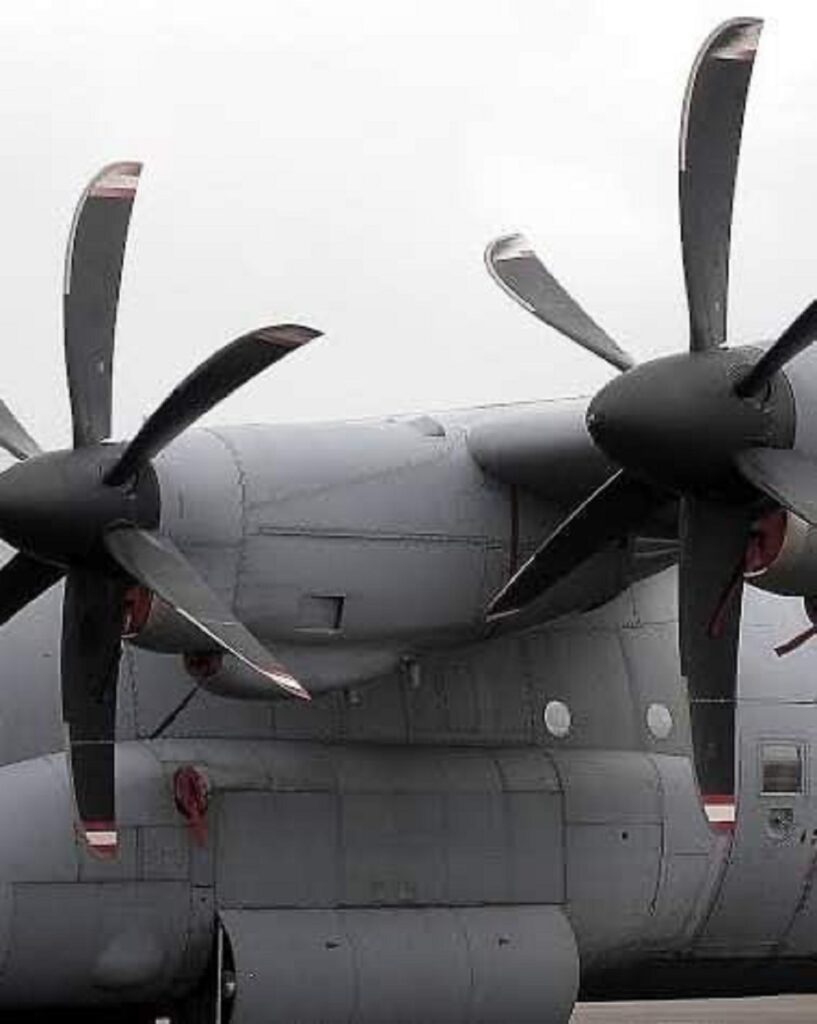
Here is a brief description of the commonly found types of propellers in aviation.
a. Fixed pitch propellers
These are propellers whose blade angles cannot be changes as they are incorporated into the propeller during construction.
These propellers are of a one piece construction and are used in low powered single engine aircraft.
b. Ground adjustable propellers.
These are propellers whose blade angles cannot be changed when the aircraft is operational. However, the blade angles can be adjusted when the aircraft is on ground to achieve desired flight characteristics. I.e low blade angles for short run way take offs or large blade angles for a fast cross country flight.

c. Controllable pitch propellers
These are propellers whose blade angles are directly controlled by the pilot during flight to meet a characteristic. They give the pilot more control over the propeller.
d. Constant speed propellers.
These are propellers where the pilot will set the desired engine speed, and the blade pitch angle is controlled automatically without the pilot’s intervention so that the rotational speed remains constant. The blade angle Is adjusted by this governor to maintain a constant engine speed (RPM) which the pilot has
set on the governor. The device which controls the propeller pitch is called the propeller governor or the constant speed unit. (CSU).
e. Constant speed feathering propellers.
These are found on multi-engine aircraft equipped with constant-speed propeller systems, these propellers also have the capability of feathering. When a propeller
is feathered, the propeller blades arc rotated to
present an edge to the Wind (85 to 90 degree blade angle) this helps in eliminating the drag
associated with windmilling propeller when an
engine falls.
This system helps to protect the engines from further damage.
f. Reversing propeller systems
These are refinements found in the constant speed propeller feathering systems.It allows the propeller blades to be rotated to a negative angle towhich generate negative thrust. This helps aircraft to achieve shorter landing
roll and improved ground maneuver.
Author – Mohammed Freihat
LinkedIn – https://www.linked-in .com/in/mohamed-freihat-66a79b34






